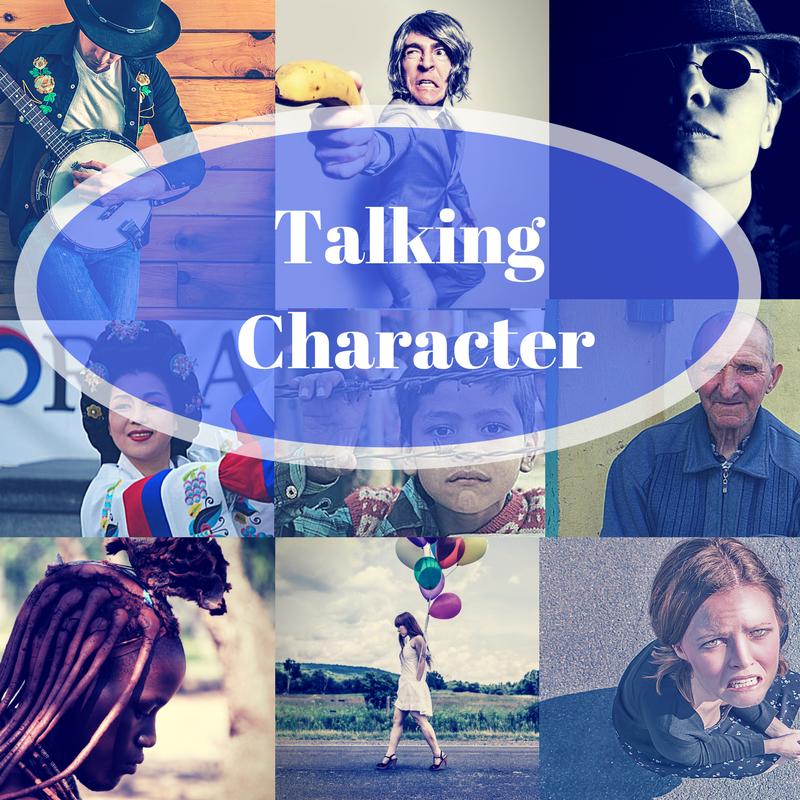The trickiest part about conveying confusion is to convey it clearly, without confusing the reader. Ann Hood in Creating Character Emotions
From time to time our characters will be confused about something. Perhaps they’ve made assumptions that suddenly turn out to be incorrect. Perhaps someone says or does something that doesn’t make sense. Perhaps another character is intentionally trying to confuse them.
Whatever the situation, the writer must take pains to make sure the reader know what’s going on, even when the character doesn’t.
Two common pitfalls when portraying confusion:
- Sensory overload. Hit a character with enough simultaneous noises and actions and they’ll certainly become confused. However, the reader will be just as befuddled by the mass of details.
Example: Halfway to the mailbox, Sara heard her ringtone and rushed inside. Where had she left the phone this time? She almost tripped on a shoe her son had left by the front door, which woke the dog and started him barking. Gritting her teeth, Sara ran past the stupid dog to the kitchen in time to see her two-year-old dump an open box of cereal onto the floor and break into wails.
A vivid portrayal of confusion, but the reader doesn’t understand what it means unless the writer also shows what emotions the chaos creates for Sandy.
- Information that is meaningless to the reader. When you confuse a character with information he doesn’t understand, make sure the reader has an inkling of what it means.
Example: Jared unfolded the piece of notebook paper. Who was K. and why had she stuffed a note in his locker? What did she mean by ‘see you after school at the tree’? Which tree? There were like a million trees in this neighborhood alone.
Unless your readers know more than Jared, they will be just as confused as he is.
[bctt tweet=”Don’t make the reader befuddled just because your character is. #writers ” username=””]
Better strategies for portraying confusion:
- Let the reader in on the joke. Characters often mistakenly believe an action or comment means one thing, when in fact it means something else. Readers, however, don’t enjoy being purposely led astray, so make sure the reader is aware (or at least suspects) that the character is making a mistake. In example two above, imagine how much better it would work if the reader knows that K’s friend has the locker next to Jared’s. Now, instead of making the same mistake Jared makes, the reader will grin in anticipation for the awkward scenario to follow.
- Show the emotional source of the confusion. What readers really want to understand is why a character acts the way she does. I might improve example one by adding some of the emotions underlying the confusion, like this:
Example: Halfway to the mailbox, Sara heard her ringtone. Why did she always forget to put her phone back in her pocket? She hurried inside and almost tripped on a shoe her son had left by the front door. Uh oh. It wasn’t her turn to pick up the kids, was it? She couldn’t afford to forget again. She rushed into the kitchen. Thank the Lord, only one-fifteen. So who was calling at this hour? Had she forgotten an appointment?
- Show the character’s thought process as he tries to make sense of things. As the character works through a situation that doesn’t make sense, he naturally portrays confusion without the writer ever having to say as much.
Example: Jared unfolded the piece of notebook paper. Who was K. and why had she stuffed a note in his locker? Kayla was the only girl he knew whose name started with K, and she would never use sparkly pink ink. Maybe someone meant to put it in Tori’s locker instead? But how was he supposed find out? There was no way he was going to show the note to a girl as popular as Tori.
[bctt tweet=”Confused characters. We love them, just so long as they don’t confuse us, too. #amwriting” username=””]
[bctt tweet=”Pitfalls to avoid when writing portraying confused characters. #writetips #writer” username=””]






No Comments